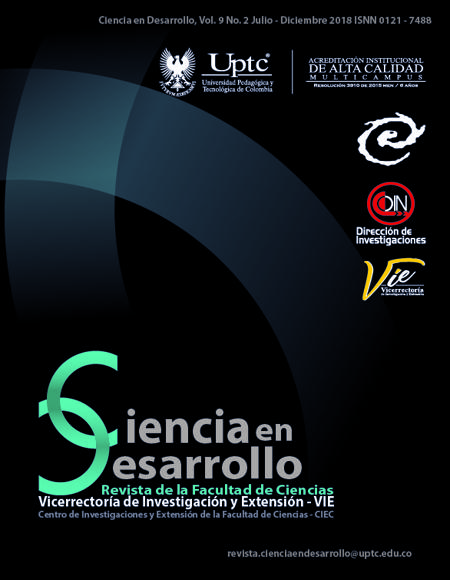Thermodynamic study of the leaching of recycled lead with sodium citrate

Abstract
Lead batteries represent 60% of the world’s electric storage batteries. Nearly 50% of lead consumption worldwide comes from recycled and reused materials. Currently, pyrometallurgical methods represent more than 90% of the technology for lead recovery; However, these processes are criticized due to the emission of sulfur dioxide due to the decomposition of lead sulphate at elevated temperatures, in addition to the emission of particles. The recovery of lead by the recycling of batteries by hydrometallurgical processes has been investigated as an alternative to pyrometallurgical processes. In the present work, a thermodynamic analysis of lead leaching with sodium citrate was carried out. The thermodynamic analysis was based on the study of three stability diagrams constructed with Medusa® software. Leaching tests were carried out that allowed knowing the system, corroborating the thermodynamic analysis carried out and studying the behavior of the system. The results obtained show that it is possible to extract 100% lead with a concentration of leaching agent of 0.25 M, liquid solid ratio 1:1 and 25 ºC.Keywords
lead hydrometallurgy, material recycling, sodium citrate, thermodynamics
Author Biography
Lina Constanza Villa
Ingeniera de Minas y Metalurgia, magister ingeniera de minas- materiales y procesos. Universidad Nacional de Colombia sede Medellin
Wilmer Saldarriaga Agudelo
Físico, magister en Ciencias Física y Doctor en Ciencias Física de La Universidad Del Valle, Profesor de la escuela de Física de la Universidad Nacional de Colombia sede Medellín
Nestor Ricardo Rojas
Ingeniero Metalurgico, Universidad Pedagogica y tecnologica de Colombia, Tunja. magister en ingenieria metalurgica, Universidad de Concepción Chile, Doctor en Ingenieria, Ciencia y tecnologia de los Materiales. Profesor del Departamento de Materiales de la Universidad Nacional de Colombia sede Medellin
References
- Smaniotto, A., Antunes, A., Filho, I. D. N., Venquiaruto, L. D., de Oliveira, D., Mossi, A., Dallago, R. (2009). Qualitative lead extraction from recycled lead-acid batteries slag. Journal of Hazardous Materials, 172(2-3), 1677–80. doi:10.1016/j.jhazmat.2009.07.026 DOI: https://doi.org/10.1016/j.jhazmat.2009.07.026
- Sonmez, M. S., & Kumar, R. V. (2009). Leaching of waste battery paste components. Part 1: Lead citrate synthesis from PbO and PbO2. Hydrometallurgy, 95(1-2), 53–60.
- doi:10.1016/j.hydromet.2008.04.012. DOI: https://doi.org/10.1016/j.hydromet.2008.04.012
- Zárate-Gutiérrez, R., & Lapidus, G. T. (2014). Anglesite (PbSO4) leaching in citrate solutions. Hydrometallurgy, 144-145, 124–128. doi:10.1016/j.hydromet.2014.02.003. DOI: https://doi.org/10.1016/j.hydromet.2014.02.003
- Pan, J., Zhang, C., Sun, Y., Wang, Z., & Yang, Y. (2012). A new process of lead recovery from waste lead-acid batteries by electrolysis of alkaline lead oxide solution. Electrochemistry Communications, 19, 70–72. doi:10.1016/j.elecom.2012.03.028. DOI: https://doi.org/10.1016/j.elecom.2012.03.028
- Zhu, X., Li, L., Sun, X., Yang, D., Gao, L., Liu, J., … Yang, J. (2012). Preparation of basic lead oxide from spent lead acid battery paste via chemical conversion. Hydrometallurgy, 117-118, 24–31. doi:10.1016/j.hydromet.2012.01.006. DOI: https://doi.org/10.1016/j.hydromet.2012.01.006
- Gutiérrez Pulido, H., & De la Vara Salazar, R. (2008). Análisis y Diseños de Experimentos (Segunda Ed., p. 564).
- Puigdomenech, I. (2004). MEDUSA, HYDRA and INPUT-SED-PREDOM. Stockholm, Sweden: Royal Institute of Technology. Retrieved from https://sites.google.com/site/chemdiagr/